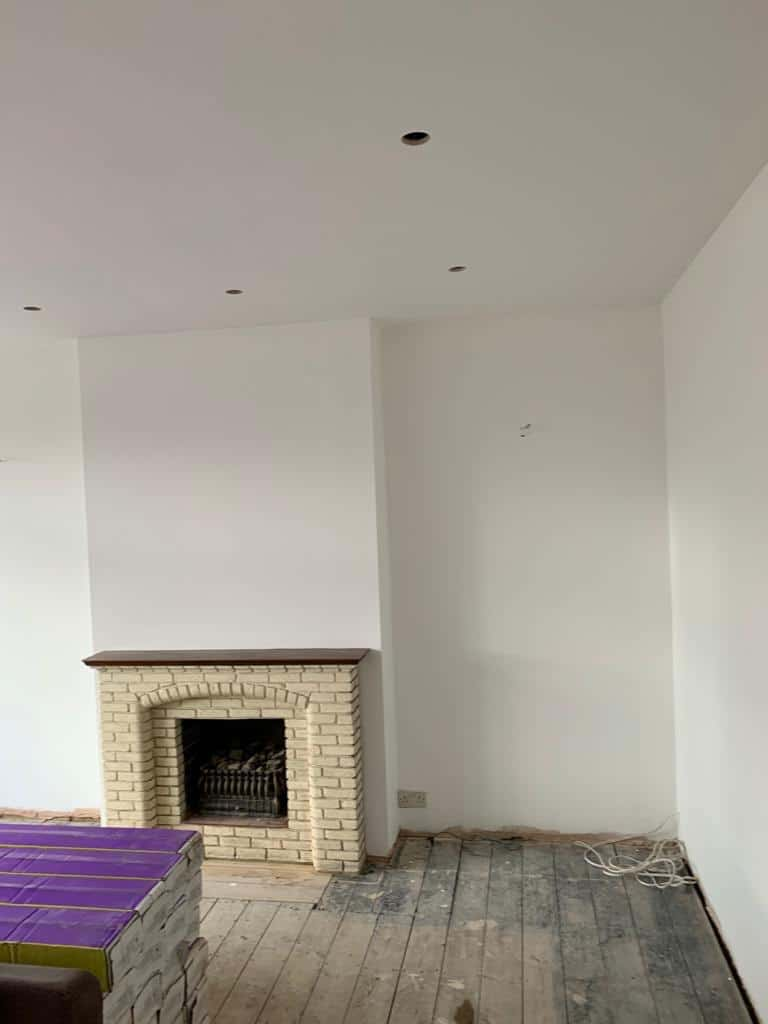Plastering for Acoustic Comfort: How Plastering Enhances Sound Insulation in Homes
Introduction: Acoustic comfort plays a crucial role in creating a comfortable and peaceful living environment. Unwanted noise from outside or between rooms can disrupt our peace and quiet, affecting our well-being and daily routines. Plastering is an essential element in enhancing sound insulation in homes. In this blog post, Buxton Plastering will explore how the right plastering techniques can help create a quieter and more peaceful living space.
Understanding the Importance of Sound Insulation
Sound insulation, also known as soundproofing or acoustic insulation, reduces the transmission of sound between different spaces. It is essential in homes to:
- Protect Privacy: Sound insulation helps maintain privacy between rooms, preventing conversations or activities in one room from disturbing occupants in adjacent spaces.
- Improve Concentration: A quieter environment allows for better concentration, whether it’s for work, study, or relaxation.
- Enhance Sleep Quality: Reducing noise outside or within the home can improve sleep quality and well-being.
- Minimise Environmental Disturbances: Sound insulation helps shield your home from noise pollution, such as traffic, neighbours, or industrial activities.
How Plastering Enhances Sound Insulation
- Wall Preparation: Properly preparing walls before plastering is essential. This includes sealing gaps, cracks, or holes that allow sound to pass through. A well-sealed surface provides a solid foundation for effective sound insulation.
- Insulating Materials: Plastering can be combined with soundproofing materials, such as acoustic insulation batts or boards. These materials are installed within the wall cavity to absorb and reduce sound transmission.
- Double Layering: In some cases, applying two layers of plasterboard with an air gap between them can significantly enhance sound insulation. This creates a barrier that effectively absorbs and dampens sound vibrations.
- Decoupling Systems involve installing resilient channels or sound isolation clips that separate the plasterboard from the underlying structure. This reduces the direct transmission of sound through walls.
- Specialised Plastering Techniques: Some techniques, such as using soundproof plaster or applying multiple coats of plaster, can improve sound insulation properties.
Conclusion: Plastering is vital in creating a home that is comfortable, peaceful, and conducive to well-being. By employing the right plastering techniques and materials, you can significantly enhance sound insulation in your home. Buxton Plastering specialises in delivering soundproofing solutions that transform noisy spaces into tranquil havens. Invest in acoustic comfort and experience the benefits of a quieter and more enjoyable living environment.
Call us on: 01298 608 485
Click here to find out more about Buxton Plastering
Click here to complete our contact form and see how we can help with your plastering needs.

